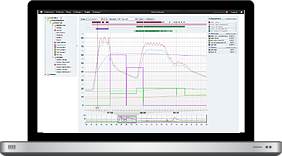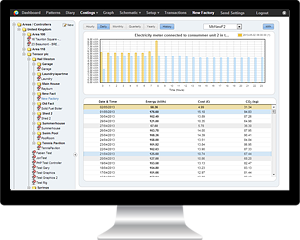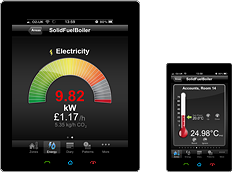Get ready for the nearly zero energy building (nZEB) building standard with HeatingSave
Right now, the near-zero energy building (nZEB) is one of the EU’s most ambitious projects in terms of reducing any building’s carbon footprint and optimizing its energy efficiency levels, but come 2020, it will become a standard all new buildings will have to adhere to.
Furthermore, EU regulators plan that, by 2050, all of the existing buildings will also have to be retrofitted in order to meet the respective standards. Public buildings will ave to be improved a lot earlier, though, the regulators planning to have all of them turned into nZEB’s by 2025.
In order for these regulations to actually have a visible effect, the EU plans also state that “the nearly zero or very low amount of energy required should to a very significant extent be covered by energy from renewable sources, including renewable energy produced on-site or nearby.” Unfortunately, the specific details on this topic aren’t exactly very clear, and will probably have to be further developed over the next couple of years.
HeatingSave is the perfect “after-market” solution that will enable both public and residential buildings to become a lot more energy-efficient. Our solution employs an array of temperature and occupancy sensors, as well as a very smart micro-controller and advanced control software, in order to determine the optimum levels of energy consumption across a building, depending on the interior and exterior temperatures, occupancy levels, etc.
Furthermore, HeatingSave is also an extremely customizable system, since its modular design enables it to be adapted to buildings of various sizes, multiple sites, etc. Plus, customers will always be in complete control of their systems’ features and functionality, via the user-friendly GUI.
If you’re really interested in finding out more on what HeatingSave can do for your building and your bills, why not get in touch? Or even better, call for a Free Energy Survey, you’ll benefit from our experts’ insight and learn what’s best for your building.






